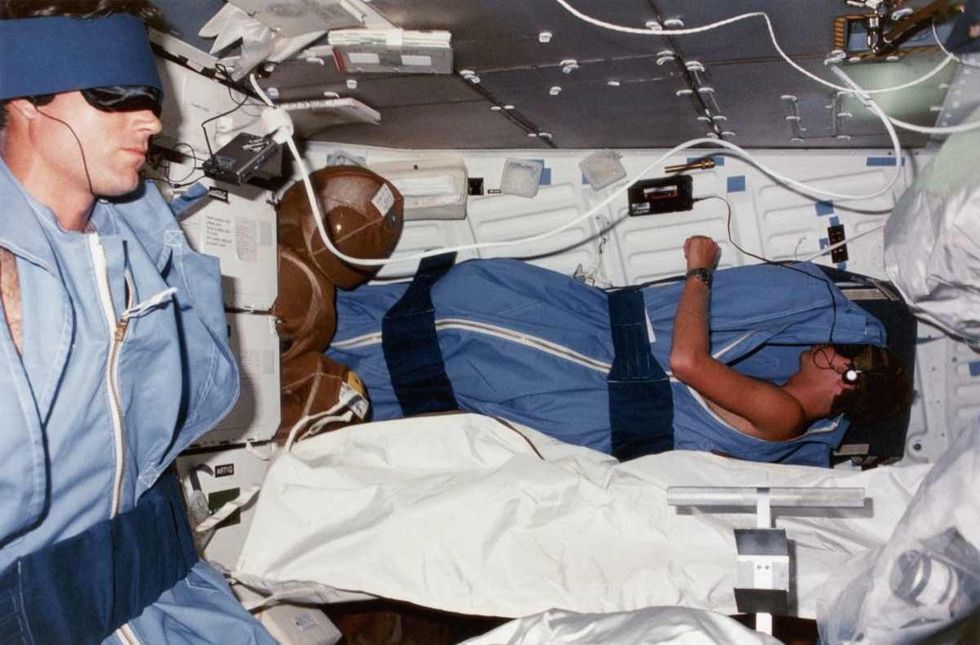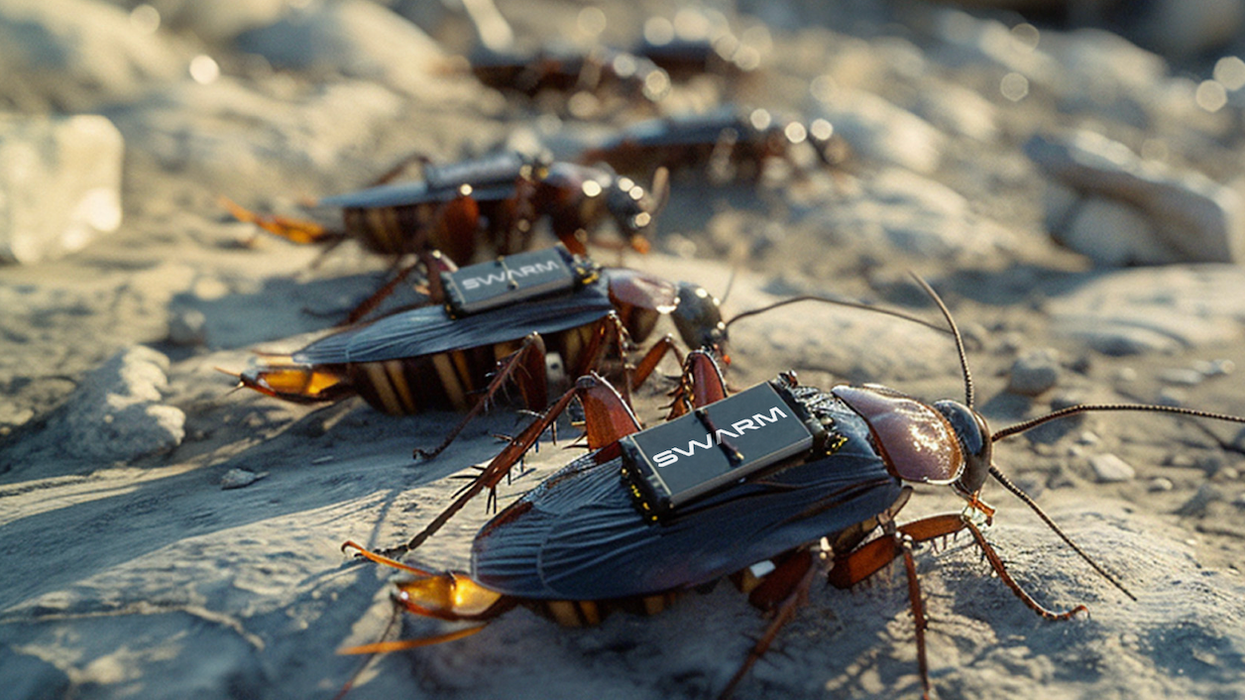Space has always fascinated humanity, captivating scientists, astronauts, and the public alike. People often wonder how astronauts live in space and handle everyday tasks. Over the years, they've shared live footage from space stations, explaining how they eat, bathe, and more. But with no gravity, how do astronauts sleep? Do they just float and close their eyes? In a video shared by ISSET Space & STEM, astronaut Sunita Williams gives a glimpse into what sleeping in a space shuttle is really like.

Williams introduced the space station’s modules, which function like small rooms in space. These cubicle-like rooms have four walls, each designed for specific tasks like working or resting. One wall holds all the equipment, while the others serve as the floor, ceiling, and additional walls—but in space, directions are relative. “You just need to turn yourself and your reference changes.” Coming to the much-enquired question, Williams mentioned that the very same cubicle holds space for 4 astronauts to sleep. However, she mentioned that they don’t get the privilege of lying down on a surface like we do on Earth.

Williams explained that astronauts sleep in small, phone-booth-sized sleep stations. These rectangular compartments are just big enough to fit a sleeping bag and a few personal items. Giving a demonstration of how sleeping works in space, Williams went into the sleeping station. “We have to go into the sleeping bag right here so we have something to cover and don’t just fly all around,” the astronaut mentioned. The added benefit, however, is that one can sleep in any position. There is no straight or wrong way of sleeping as the person would be floating and laying flat regardless, which is equivalent to sleeping in space.

There are also certain straps in place to protect the astronauts from flying around in their sleeping bags, per Mashable. However, the straps only contribute to how their sleeping behavior works. The floor and the ceiling are mostly the same thing and it is a matter of perception more than anything else. The lack of gravity gives them a sort of freedom to sleep in any position. For the most part, astronauts have to mostly pick a side to get into their sleeping bags and call it a day.




















 A road near equatorial Atlantic OceanCanva
A road near equatorial Atlantic OceanCanva Waves crash against rocksCanva
Waves crash against rocksCanva
 Older woman drinking coffee and looking out the window.Photo credit:
Older woman drinking coffee and looking out the window.Photo credit:  An older woman meditates in a park.Photo credit:
An older woman meditates in a park.Photo credit:  Father and Daughter pose for a family picture.Photo credit:
Father and Daughter pose for a family picture.Photo credit:  Woman receives a vaccine shot.Photo credit:
Woman receives a vaccine shot.Photo credit: 
 Image artifacts (diffraction spikes and vertical streaks) appearing in a CCD image of a major solar flare due to the excess incident radiation
Image artifacts (diffraction spikes and vertical streaks) appearing in a CCD image of a major solar flare due to the excess incident radiation
 Brady Feigl in February 2019.
Brady Feigl in February 2019.
 Yonaguni Monument, as seen from the south of the formation.
Yonaguni Monument, as seen from the south of the formation. 